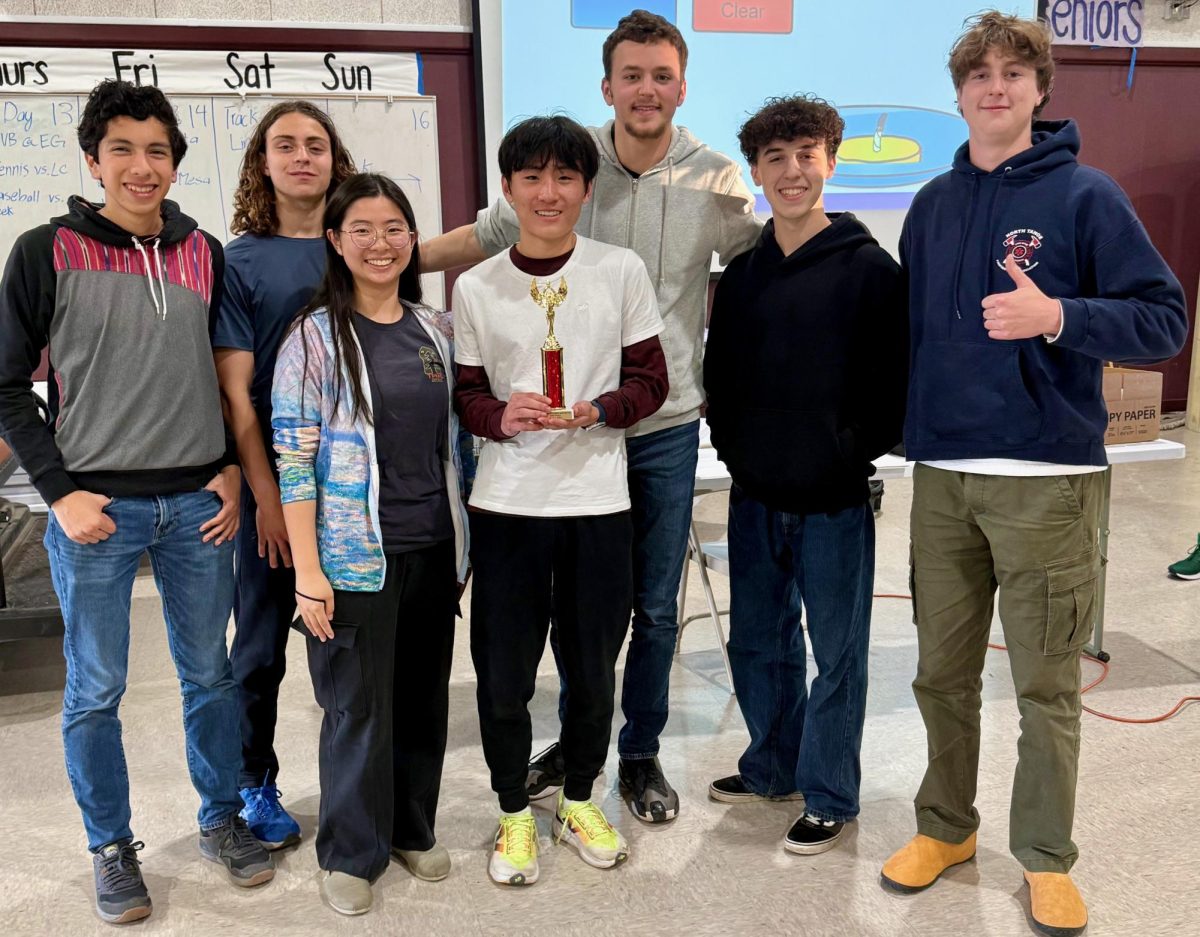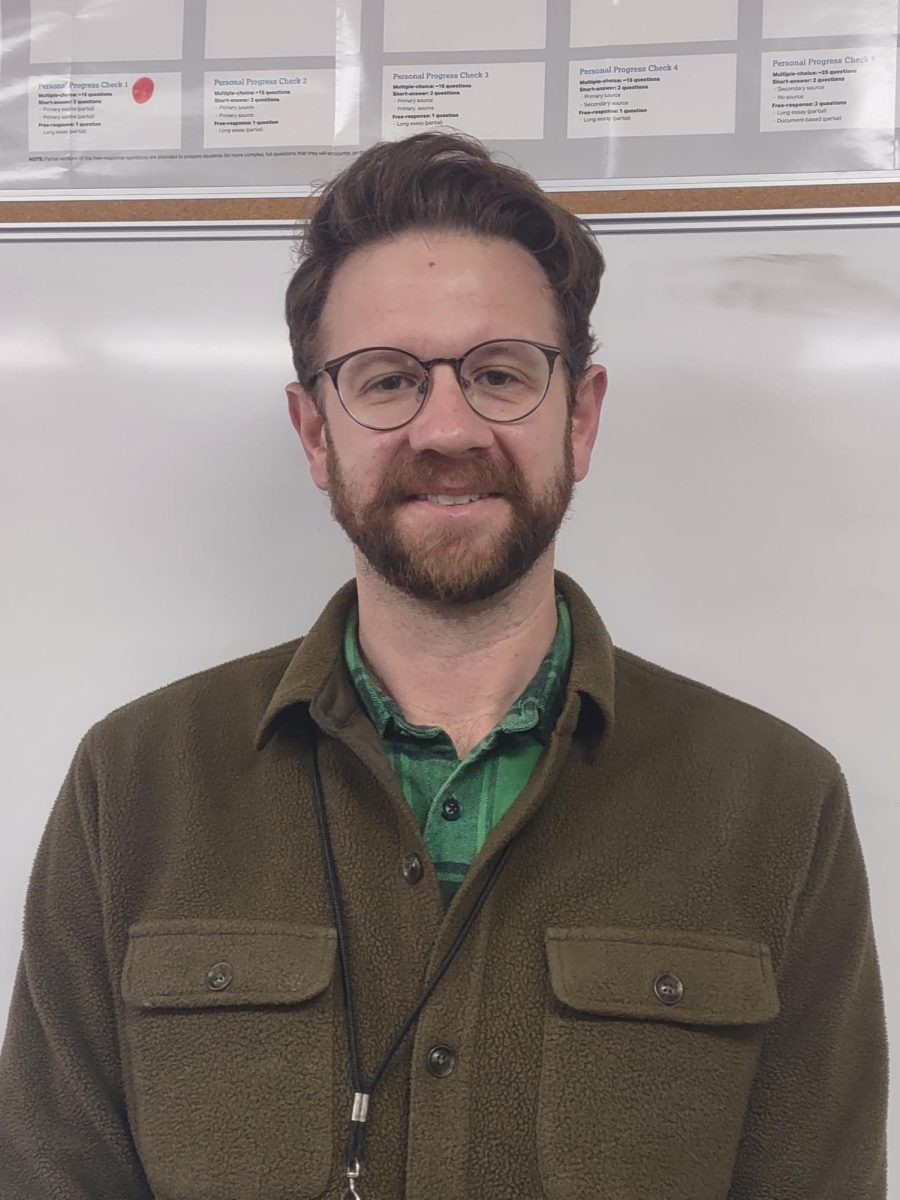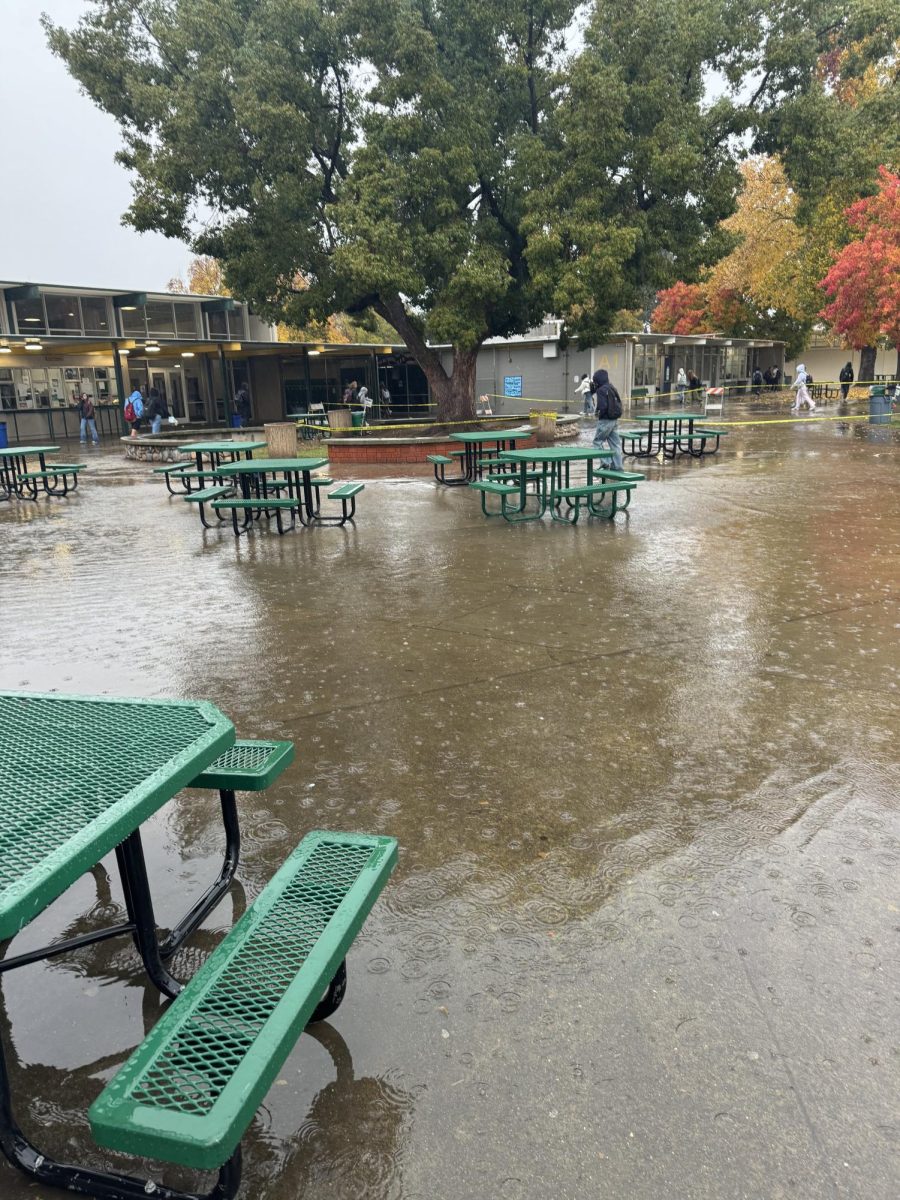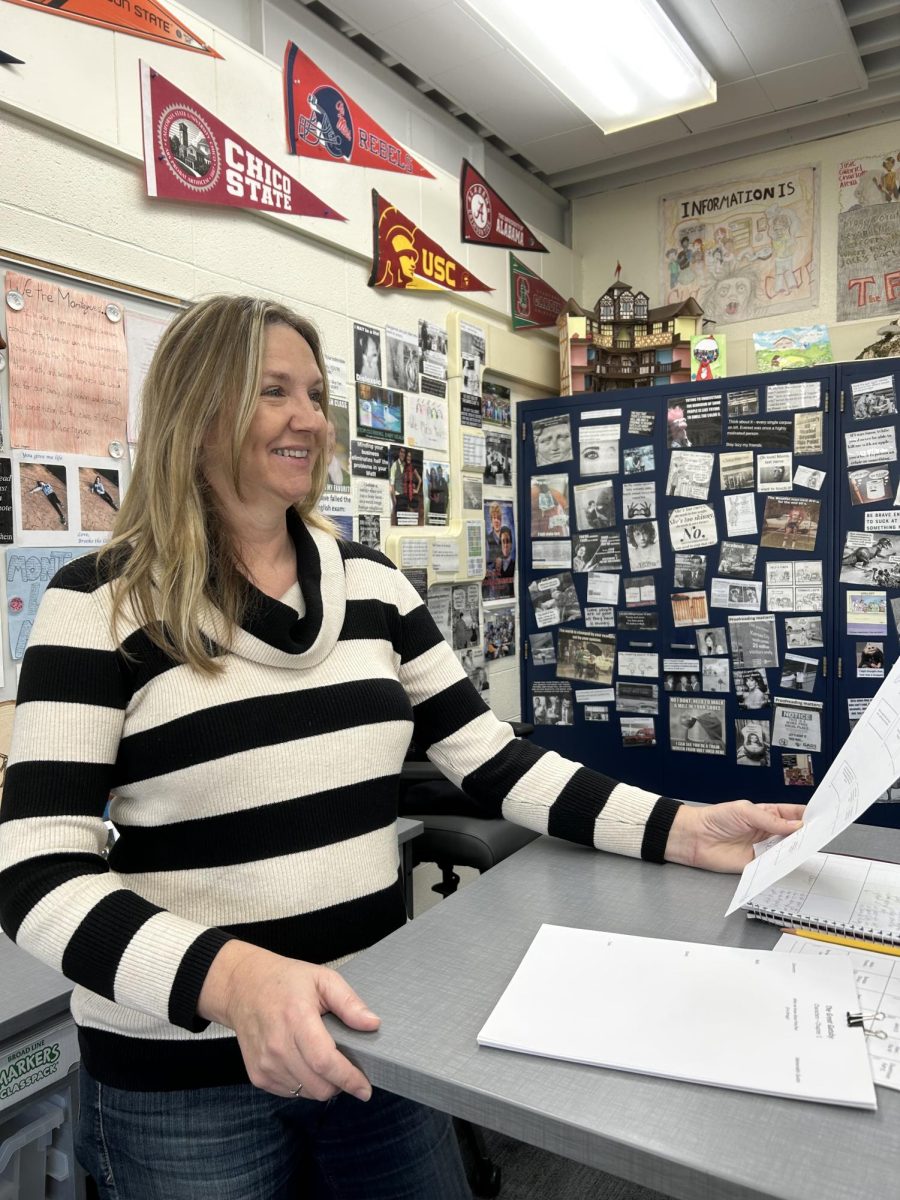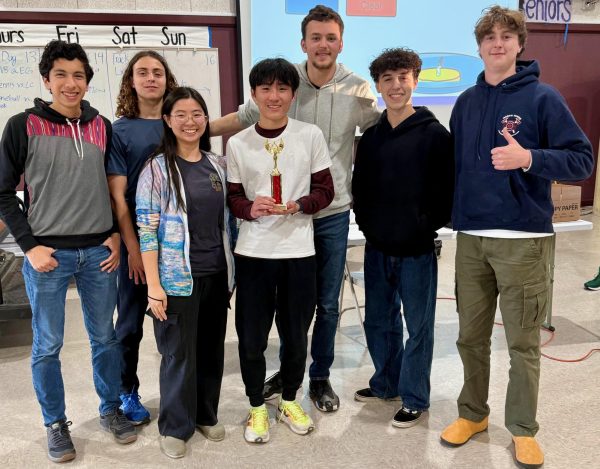Dangerous fentanyl crisis impacting Sacramento youth
Increase in teenage overdoses and deaths sparks new awareness campaigns
Laura and Chris Didier never expected to find their son dead from fentanyl. Nor did Laura Collanton.
Honored at the school fentanyl awareness assembly were two young boys who died from fentanyl. Zachary Didier, 17 years old, died in December 2020 in Rocklin, and Spencer Newsom, 20 years old, died in September 2020 in Roseville.
The young men died of fentanyl poisonings amid an increasingly dangerous crisis affecting every community, but their parents won’t let their lives or their deaths be reduced to a statistic.
Spencer and Zachary were bright young people with equally bright futures. But a pill stopped all of that. They took pills containing fentanyl that had been marketed to them on social media during a time when they were struggling. They did not take fentanyl intentionally, their parents say.
The Didier family and Collanton shared their story with the Rio community at an Oct. 18 assembly. But the effects of the worsening fentanyl crisis reach far beyond that one event.
Zachary’s mother, Laura Didier, has had her world forever changed.
“Losing a child so tragically and suddenly, like the way I lost Zach, is a devastation that I would wish on no parent. The ripple effects of losing a child reach very far,” she said in an interview with the Mirada. “The parents and friends that are left behind will always question, ‘How could I have changed this?,’ ‘Did I miss something?,’ ‘How can I keep going when someone I love so dearly is gone forever?’ As Zach’s mother, my heart is forever shattered.”
Laura Collanton’s son, Spencer, was a certified Roseville EMT and planned to be a firefighter. Her son, who had ADHD, was going through a difficult time of anxiety when he took a pill not knowing it was laced with fentanyl.
“My message to my son is of unconditional love,” she said. “I am so proud of him and all he accomplished in his 20 years. I wish I had another 80 years with him. But now I am his voice and legacy and even though he didn’t get to save lives as an EMT/Firefighter, he will save people through me.”
In the last few years the youth drug crisis has worsened far beyond trying out vaping or marijuana and turned deadly: fentanyl and other dangerous drugs are spreading through the community, leading to record numbers of poisonings and deaths.
The data speaks for itself: there have been 62 fentanyl deaths in Sacramento County in 2022 and there were 116 last year. Locally, eight teenagers died from fentanyl poisoning in Sacramento County in 2021, according to the California Overdose Surveillance Dashboard. Fentanyl overdose deaths among 10 to 19-year-olds in California hit 261 in 2020, rising more than 600% from 2018, and 233 in 2021.
Additional concern has been raised over the emergence of rainbow fentanyl, which has been discovered in Sacramento County and “can resemble sidewalk chalk or candy,” per the California Department of Public Health. It has become a source of concern for Halloween festivities. To make matters worse, fentanyl has been discovered in other dangerous drugs like cocaine, meth and heroin, and even in marijuana and vape pens. It is also found in other street drugs such as adderall, xanax, and oxycodone, and 98% of fake pills have fentanyl in them. Many young people who have died from fentanyl were misled by said fake pills. Just two milligrams of fentanyl can be deadly, like the size of an ant.
In response to the surge in overdoses, there is an increasing spotlight on the shortcomings of California’s public health education classes and their drug use curricula, meaning not every student receives the proper education on avoiding dangerous drugs.
“I want [the students] to have the information about fentanyl and counterfeit pills that I wish my son and I had had,” Laura Didier explained. “I want students to really understand the new danger that is presented by the deadly nature of fentanyl and the way dealers are marketing deceptive products on social media. I hope that students will listen carefully, absorb the information, and then share it with each other. And I hope that they will feel supported and learn where to find healthy resources if they are struggling with any issues.”
Following the tragic deaths of their sons, Laura and Chris Didier and Laura Collanton have dedicated their time and mission to spreading awareness, including through various organizations like One Pill Can Kill, Song for Charlie, and Victims of Illicit Drugs.
Rio Americano hosted Arrive Alive California, Song for Charlie, One Pill Can Kill, Victims of Illicit Drugs, and the Sacramento County Department of Health Services on Oct. 18 for an assembly to raise awareness about the fentanyl crisis. A recurring theme of the assembly, which featured Sacramento District Attorney Anne Marie Schubert and Crime Lab Supervising Criminalist Kristel Suchland, was that students can be a part of the solution.
Ray Ashcraft from Emergency Medical Solutions also spoke about the medical effects of fentanyl. Angela Webb, CEO of Arrive Alive California, told the Mirada that the assembly at Rio was a kickoff for future events at other schools. Her organization has already reached thousands of students.
As parent Chris Didier points out, a fentanyl-related death occurs every seven minutes in the United States, but you have the ability to be a positive force for change.
“The illicit drug landscape has changed dramatically since your parents were your age; things are different,” he said. “Still, your generation is more connected than any previous generation. You didn’t create this problem and it is totally unfair your age demographic is one of the most impacted. But you have the most influence to help your generation stop it. Please stand in solidarity with thousands of grieving families to help turn anguish into action and help save innocent lives.”
Adam Abolfazli is a senior at Rio Americano and the editor-in-chief of the Mirada.




